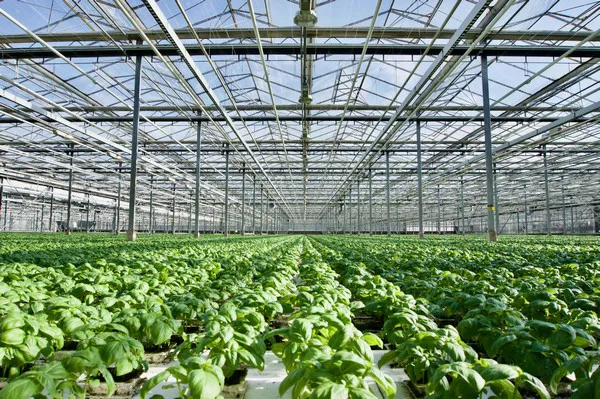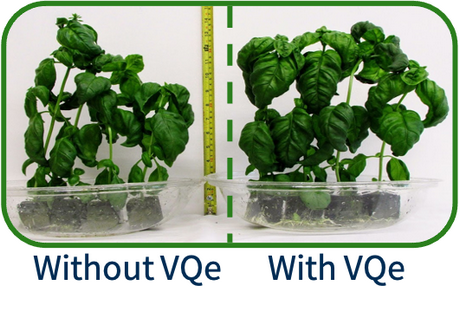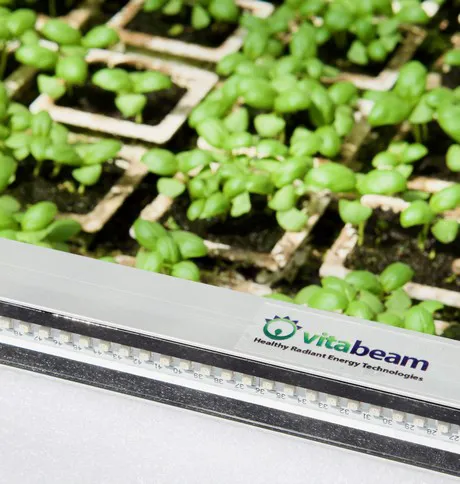CEA facilities boast the most extreme, sophisticated systems of the agricultural industry. Whether it is a vertical farm, a single-tier cannabis indoor cultivation, or a gigantic tomato greenhouse, growers have to deal with extremely complex systems. Even though one might be taking all the precautions, there is still one insidious enemy that could find a way to sneak into the cultivation: mold. “When you grow a plant in a CEA facility, the balance between temperature and humidity is the perfect breeding ground for mold,” says James Millichap-Merrick, CEO, and co-founder of Vitabeam. “This is especially true after the summer when temperatures cool down giving cold temp at night and warm during the day: the perfect environment for molds.”
Dealing with mold
Mold issues can be potentially very dangerous for a grower’s bottom line. “Produce growers try to use the least amount of crop protection possible – the result is to look for non-invasive solutions to treat their crops. However, the problem is, is that there aren’t many of them,” says James. “But then, you get mold issues and your profits get affected. We have seen this recently with some fruit growers: when their produce is affected by mold, it gets downgraded and is sold for a lower price. On top of that, a proportion of the crop will be thrown away, so growers lose money.” And indeed, Emily Cameron with Vitabeam adds: “For many growers, roughly 5-10% of a crop is going to waste due to mold and other bacteria. Additionally, 20% of the product is downgraded to class 2.”

The importance of growing organic produce and ensuring the highest quality possible comes with the wave of increased customer awareness with regard to organic products. “You can also see this in the US where a new organic accreditation for baby leaves is being introduced,” says Katie Powell with Vitabeam.
That is exactly where Vitabeam comes into play. “Growers want to achieve the maximum income for their work,” James says. “As Emily pointed out, growers throw away a significant amount of their crop to mold and bacteria. So, we developed a lighting technology that helps them get rid of molds, bacteria, and dangerous pathogens safely with no chemicals, no UV, and no gasses.”
It's magic but it's actually science
What Vitabeam’s solution does is nothing short of magic. “Our supercharging light has a unique and proprietary cocktail of photons that achieves two significant things: by providing plants with around 18 hours a day with this special cocktail of photons, you can stimulate the growth of the plant, making it stronger and less susceptible to mold and bacteria; but also, the light itself kills these pathogens.”

The Vitabeam light is used in conjunction with typical horticultural lighting or natural sunlight, but as said, its function is not specifically as a light source for the plant. “What’s special about this is the proprietary technology with which we can supply the plant with this special mix of energy that stimulates the plant to grow stronger. Trials we have conducted with cannabis licensed producers in the US have shown plants grow more vibrantly, healthily, and with increased organoleptic qualities.” The Vitabeam solution achieves this by triggering very specific responses from the plant. “Growers want to have the best produce, and everything they do is to get that taste, flavor, aromatics, which you can get by having a strong and mold-free plant. Our solution can get that result by increasing the water and nutrient uptake.” Since the Vitabeam solution can be deployed in any kind of CEA facility, James and his team are constantly in the field supporting growers with their cultivar-specific challenges. “We work closely with growers and help them dial in the best recipe,” he continues. “For instance, we help figure out the perfect height for the lights, or for how long our light should be kept on. The goal is always to optimize our system with the customer’s system and get the best output.”

This is especially crucial for those growers looking to increase profit margins by letting the quality of their produce speak. “When your crop gets affected by mold and bacteria, there is also a hidden additional cost to that: it’s not just the cost of losing the harvest, but also the cost of disposing of the waste produce, plus all the labor cost that went into cultivation that now is just thrown away. So, also in respect of a global food shortage, it is very significant for us to be able to help growers reduce that waste.”
For more information:
Vitabeam
www.vitabeam.com
